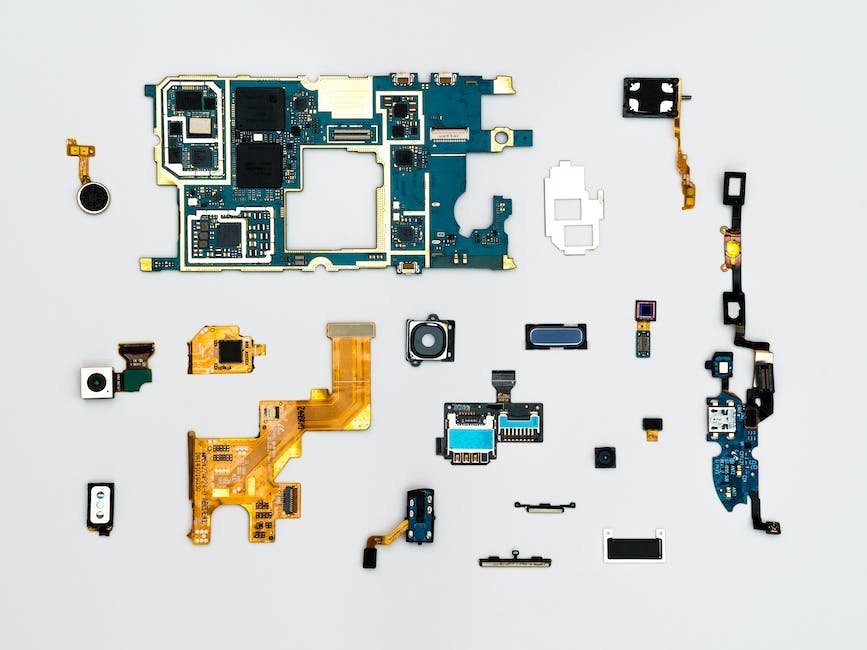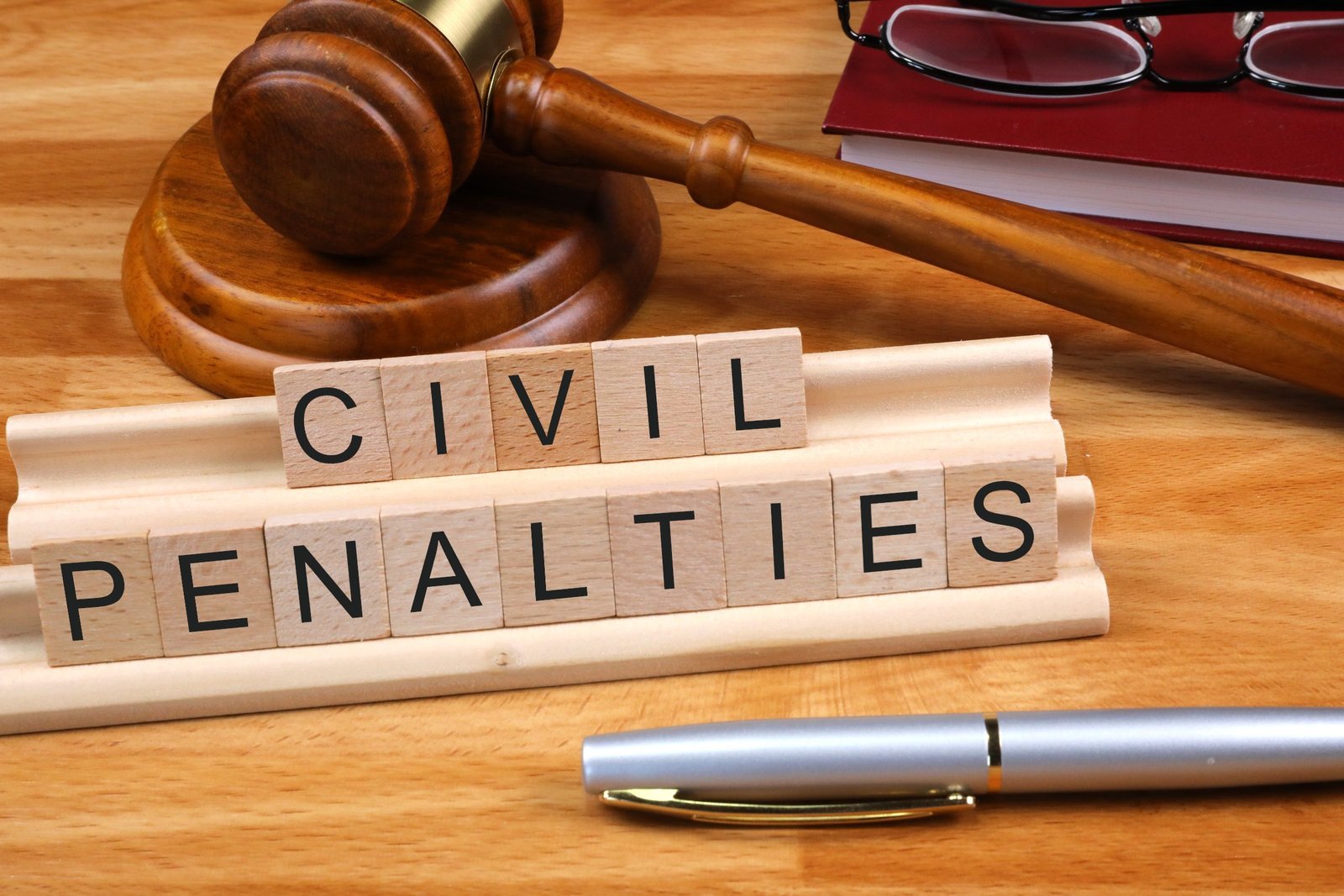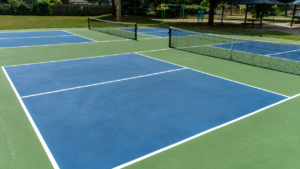Pickleball, a game that effortlessly blends elements of tennis, badminton, and ping pong, has exploded in popularity over the years, captivating both the young and the young at heart. With its compact court size and slower-paced play, it has become the go-to recreational activity for millions across the globe. However, what happens when the friendly banter and lively competition tiptoe their way into the realm of unsportsmanlike conduct? Enter the technical foul rule in pickleball, a disciplinary measure designed to tackle the rising issue of bad behavior on the courts. In this article, we delve into the intricacies of this penalty system, examining why it exists, its impact on the game, and how it reinforces the integral values of integrity and respect in this beloved sport. So, get ready to explore the darker side of pickleball, as we dissect the world of bad behavior penalties with an analytical eye and a firm grip on fairness.
Table of Contents
- Understanding the Technical Foul Rule in Pickleball
- Evaluating the Impact of Bad Behavior on the Game
- Insights into the Penalties for Technical Fouls
- Strategies for Players to Avoid Technical Fouls
- Developing Sportsmanship and Respecting the Rules in Pickleball
- Q&A
- To Conclude

Understanding the Technical Foul Rule in Pickleball
In the fast-paced and thrilling game of pickleball, there’s a set of rules every player must understand in order to maintain fair play. One such rule is the Technical Foul Rule, which ensures that the game remains competitive and enjoyable for all participants. By knowing the ins and outs of this rule, players can navigate the pickleball court with confidence.
When a player commits a technical foul in pickleball, it can result in penalties or loss of points. It’s important to be aware of the actions that can lead to a technical foul, such as:
- Verbal Abuse: Any sort of offensive or disrespectful language towards opponents, teammates, or officials can lead to a technical foul.
- Unsportsmanlike Conduct: Acting in a way that is considered unsportsmanlike, such as intentionally distracting the opponent or deliberately causing a delay in the game.
- Equipment Misuse: Using equipment in a way that violates the rules, such as deliberately damaging the ball or intentionally breaking the paddle.
- Disrupting Fair Play: Interfering with the game progress or obstructing the opponent’s movement can also result in a technical foul.
To handle a technical foul situation effectively, the pickleball player who committed the infraction must understand the consequences. Depending on the severity of the violation, the referee can choose to issue a warning, deduct points from the offending player/team, or even disqualify them from the game entirely. Therefore, it’s crucial to learn and follow the technical foul rule to avoid penalties and maintain sportsmanship and fair play in the game of pickleball.

Evaluating the Impact of Bad Behavior on the Game
In every game, bad behavior can have a profound impact on the overall experience. It not only affects individual players but also the community as a whole. Understanding and evaluating the consequences of such behavior is crucial for creating a positive and enjoyable gaming environment.
1. Toxicity and Deteriorating Player Relations:
One of the most significant impacts of bad behavior is the erosion of player relations. Toxicity, including insults, harassment, or unsportsmanlike behavior, can quickly poison the atmosphere within a game. It leads to animosity between players, making collaboration difficult and compromising teamwork. As a result, the overall quality of play decreases, affecting the enjoyment of all participants.
2. Negative Emotional Well-being:
Bad behavior also has a toll on the emotional well-being of players. Constant exposure to taunts, bullying, and derogatory comments can lead to feelings of frustration, anger, and anxiety. This can negatively affect players’ focus, performance, and overall satisfaction with the game. It is essential to recognize the mental health aspect and take active measures to curb bad behavior for the well-being of all players.
3. Dwindling Player Base and Reputation:
Repeated instances of bad behavior can drive away both new and existing players. When a game gains a negative reputation for fostering a toxic community, potential players may avoid joining, fearing a hostile experience. Consequently, the player base diminishes, impacting matchmaking times, variety of opponents, and overall competition. It is crucial for game developers and communities to actively combat bad behavior to preserve their reputation and attract a diverse audience.

Insights into the Penalties for Technical Fouls
As the heat of the game mounts, emotions can run high, sometimes leading to technical fouls. These penalties are essential to maintaining fair play and sportsmanship. Understanding the consequences of technical fouls is crucial for both players and spectators alike. Let’s delve into the insights surrounding these penalties and what they mean for the game.
- Fine: One of the most common penalties for technical fouls is a monetary fine. This acts as a deterrent for players, discouraging unsportsmanlike behavior. The fine amount varies depending on the league and the severity of the offense.
- Free Throws: Another consequence of technical fouls is awarding the opposing team with free throw opportunities. This puts the penalized team at a disadvantage, as it not only grants the opposing team points but also interrupts the flow of the game.
- Ejection: In more serious cases, a technical foul can result in a player’s ejection from the game. This penalty acts as a strong deterrent, reminding players to maintain composure and adhere to the rules of fair play.
Technical fouls serve as a reminder that sportsmanship and respect are crucial elements of any game. They aim to keep the competition fair, ensuring that teams play within the boundaries of the established rules. By understanding and acknowledging the penalties for technical fouls, players and fans can appreciate the importance of maintaining a positive and respectful sports environment.

Strategies for Players to Avoid Technical Fouls
When it comes to avoiding technical fouls, players need to be mindful of their actions both on and off the court. Here are some effective strategies that can help players maintain their composure and avoid unnecessary penalties:
- Stay calm and focused: It’s crucial for players to remain composed in high-pressure situations. Taking a deep breath, regaining focus, and not letting emotions get the best of them can prevent impulsive reactions that lead to technical fouls.
- Communicate respectfully: Engaging in healthy communication with referees and opponents can make a significant difference. Players should express their opinions and concerns in a respectful manner, ensuring they are heard without crossing the line.
- Adopt self-control techniques: Utilizing self-control techniques can help players handle frustrating situations better. Visualizing success, repeating positive affirmations, or even taking a quick timeout to recalibrate can prevent emotional outbursts that may result in technical fouls.
- Focus on teamwork: Emphasizing team goals and the bigger picture can help players redirect their focus away from petty grievances. By working collectively and supporting teammates, players can minimize clashes and foster a positive playing environment.
Avoiding technical fouls requires discipline, self-awareness, and a commitment to maintaining a cool head. By implementing these strategies, players can enhance their performance while demonstrating fair play and respect for the game.
Developing Sportsmanship and Respecting the Rules in Pickleball
Mastering the art of pickleball not only involves developing strong technique and strategy, but also cultivating essential values like sportsmanship and respect for the rules. These qualities are what truly make the game enjoyable and create a harmonious environment for all players involved.
Here are a few key principles to keep in mind as you seek to enhance your pickleball journey:
- Sportsmanship: Every match is an opportunity to showcase good sportsmanship, whether you win or lose. Celebrate your opponent’s successes and show genuine respect for their skills. In the spirit of fairness, always shake hands or offer a friendly acknowledgment at the end of each game.
- Respecting the rules: Rules provide the foundation for fair play in pickleball. Understanding and adhering to them is crucial to maintaining integrity on the court. Familiarize yourself with the official rulebook and always play by the rules, even in casual or friendly matches. Remember, fair competition breeds mutual respect among players.
- Showing grace under pressure: In the heat of the game, it’s easy to let frustration get the better of you. However, true sportsmanship lies in how you handle high-pressure situations. Stay calm, composed, and supportive of your teammates and opponents alike. Maintaining a positive attitude will not only earn you respect but also elevate the gameplay experience for everyone involved.
By prioritizing sportsmanship and respecting the rules of pickleball, you contribute to creating a thriving and enjoyable community both on and off the court. Remember, the true measure of a player lies not only in their technical skills but also in their character.
Q&A
Q: What is the technical foul rule in pickleball?
A: The technical foul rule in pickleball is a penalty system that punishes bad behavior on the court. It aims to maintain fair play and sportsmanship among players.
Q: What are some examples of bad behavior that can lead to a technical foul in pickleball?
A: Examples of bad behavior that can result in a technical foul include unsportsmanlike conduct, use of profanity, intentional interference with opponents, and disrespecting the officials’ decisions.
Q: How are technical fouls assessed in pickleball?
A: Technical fouls are typically assessed by the game’s officials or referees. Depending on the severity of the offense, penalties may range from a warning to loss of points, a game, or even disqualification.
Q: Is the technical foul rule in pickleball strictly enforced?
A: Yes, the technical foul rule is enforced to maintain the integrity of the game. However, officials have the flexibility to evaluate the situation and apply penalties appropriately based on the circumstances.
Q: What impact does the technical foul rule have on the game?
A: The technical foul rule in pickleball serves as a deterrent to players who might be tempted to engage in unsportsmanlike behavior. It encourages fair play, respect, and healthy competition among participants.
Q: Can the technical foul rule be appealed?
A: In most cases, technical fouls cannot be appealed. Once a penalty is assessed by the officials, it is usually considered final. However, players may have the opportunity to provide an explanation or defense before penalties are imposed.
Q: Are technical fouls common in pickleball?
A: Technical fouls in pickleball are relatively rare, as most players adhere to good sportsmanship and the rules of the game. However, the presence of the technical foul rule acts as a reminder to maintain behavior standards.
Q: Does the technical foul rule only apply to players?
A: No, the technical foul rule applies to all individuals involved in the game. This includes players, coaches, officials, and spectators who may exhibit behavior that violates the rules or disrupts the match.
Q: What is the purpose behind implementing the technical foul rule?
A: The technical foul rule is established to foster a positive playing environment and encourage respectful conduct in pickleball. It ensures a level playing field while promoting good sportsmanship and fair competition.
To Conclude
In the game of pickleball, where friendly competition and sportsmanship are cherished, there exists a line that borders between passion and folly. It is within this delicate realm that the Technical Foul Rule reigns supreme, ready to tame the flames of any unruly behavior that may threaten the harmony of the court.
While pickleball champions across the globe showcase their unwavering dedication and skill, this intriguing sport is not immune to occasional outbursts of frustration or moments of heated intensity. However, as with any game, sportsmanship remains the cornerstone, and the Technical Foul Rule emerges as the beacon of fair play.
With a firm hand, this rule stands tall, ensuring a level playing field for all participants. It reminds those involved that their conduct is as vital to the game as the sharpness of their serves or the accuracy of their volleys. By adhering to its principles, players can not only elevate their own abilities but also transcend the mundane boundaries of sporting decorum.
From the spirited cries of jubilation to the inadvertent slip-ups, the Technical Foul Rule offers a fair remedy to any threat of the game descending into mayhem. It encourages mutual respect, serves as a constant reminder to embrace the spirit of sportsmanship, and safeguards the sanctity of pickleball’s noble essence.
As pickleball enthusiasts unwrap the layers of this technical foul conundrum, they gain a deeper understanding of the game’s intricate dance, appreciating the harmony that arises when players unite in their dedication to fair play. The Technical Foul Rule presents itself not as a restricting shackle but rather as an instrument of growth, urging players to stretch their limits and embrace a higher standard of conduct.
Whether it be a friendly match among beginners or a thrilling showdown between seasoned athletes, the Technical Foul Rule transcends the boundaries of skill and prestige, reminding us all that the art of pickleball lies not only in the rallies and points but in the mutual respect shared by those who engage in this delightful pastime.
So, next time you step onto the pickleball court, remember the significance of the Technical Foul Rule—how it encapsulates the very essence of what makes this sport special. Let it guide your actions, elevating your game to new heights, and enriching the experience for all who partake. For in honoring the Technical Foul Rule, we honor the spirit of pickleball itself.
As an affiliate, my content may feature links to products I personally use and recommend. By taking action, like subscribing or making a purchase, you’ll be supporting my work and fueling my taco cravings at the same time. Win-win, right?
Want to read more? Check out our Affiliate Disclosure page.




